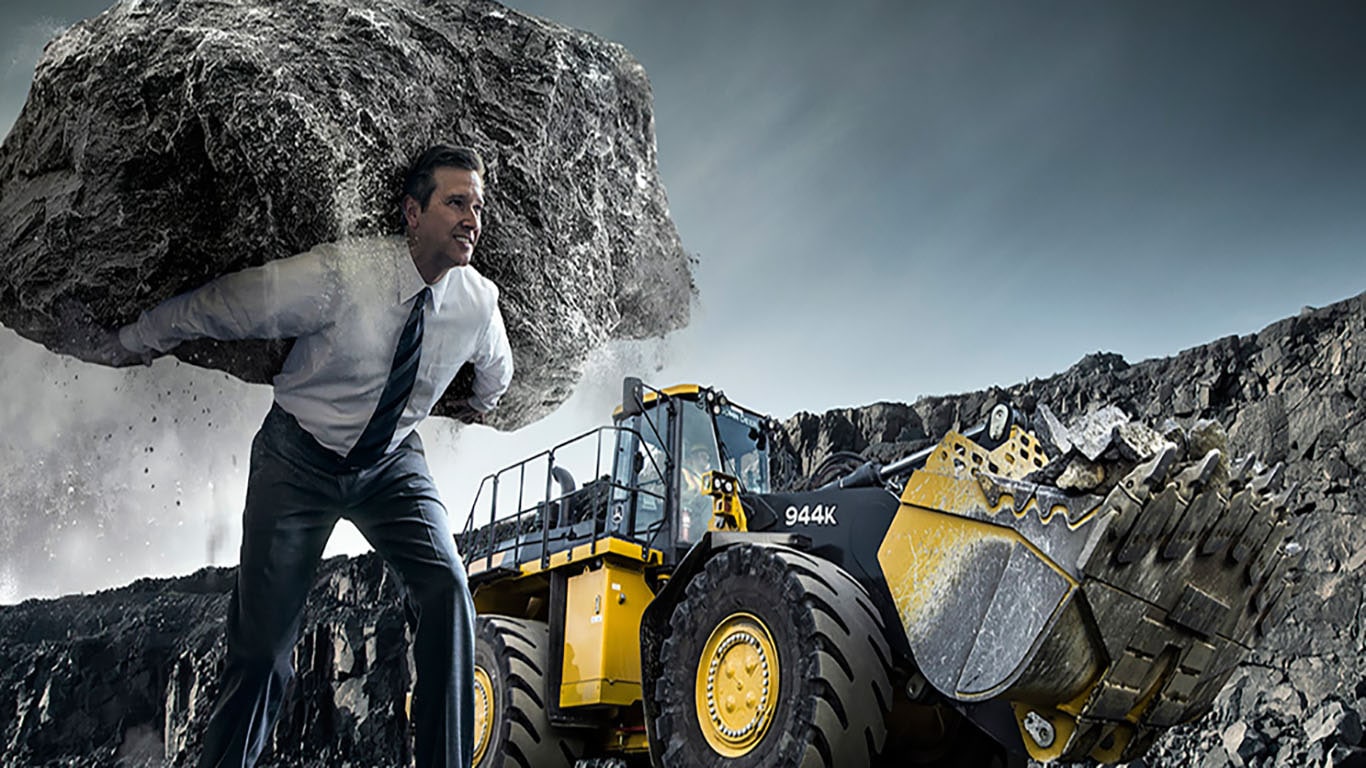Dependable Construction Equipment Rentals for Your Jobs
Dependable Construction Equipment Rentals for Your Jobs
Blog Article
Renting Vs. Purchasing Construction Tools: Making the Right Option for Your Task
When beginning on a building and construction task, one of the important decisions that project stakeholders and supervisors face is whether to acquire or lease building devices. The choice hinges on different factors such as cost considerations, project duration, equipment upkeep, scalability, adaptability, and danger administration.
Expense Considerations
When assessing the financial aspect of purchasing versus renting out building equipment, the long-lasting expenditures and ahead of time costs should be carefully thought about. Renting tools frequently needs lower preliminary payments compared to acquiring, making it an eye-catching option for temporary projects or service providers with budget plan constraints. Leasing eliminates the demand for large resources investments and decreases the economic threat connected with tools ownership, such as maintenance and depreciation prices. Nevertheless, in the long run, consistently leasing tools can build up greater costs than buying, particularly for extensive tasks.
On the various other hand, acquiring construction tools entails higher upfront costs yet can result in long-term savings, especially for regular customers or long-term jobs. Ultimately, the decision in between purchasing and renting construction tools pivots on the project's period, frequency of usage, budget plan factors to consider, and lasting financial objectives.
Project Period
:max_bytes(150000):strip_icc()/Balance_Must_Have_Earth_Moving_Construction_Heavy_Equipment_844586-c5b6ac9e5c074c11ad41e9acaea8f099.png)
Alternatively, for long-lasting jobs or recurring building work, getting equipment might be the much more cost-effective option. Purchasing devices can lead to cost financial savings over time, particularly if the devices will be often used. In addition, owning devices provides a sense of control over its availability and allows for customization to fit certain job needs.

Equipment Upkeep
Given the important role task period plays in identifying the most cost-effective method in between renting and acquiring building tools, the focus currently changes in the direction of examining the important element of tools maintenance. Correct upkeep is essential for ensuring the optimum efficiency and longevity of construction equipment. Leasing tools commonly features the benefit of having well-kept machinery provided by the rental company. This can relieve the concern of upkeep tasks from the job owner or professional, saving effort and time. On the various other hand, owning equipment needs an aggressive strategy to maintenance to stop failures, make certain security, and expand the tools's life expectancy. Routine evaluations, servicing, and timely repair services are required to maintain owned and operated equipment in top working condition. Consider upkeep costs when making a decision between renting out and buying, as neglecting upkeep can result in pricey repair work, downtime, and task hold-ups. Ultimately, a well-kept construction tools fleet, whether rented out or owned, is vital for the efficient and successful completion of construction projects.
Adaptability and Scalability
In the realm of construction equipment administration, the element of versatility and scalability holds considerable importance for job effectiveness and resource application. Choosing to rent out building equipment supplies a high degree of adaptability as it enables for the fast adjustment of equipment types and quantities based on the developing requirements of a project. Renting out enables service providers to access a broad range of specialized equipment that may be required for details tasks without the long-term commitment of ownership. This versatility is particularly helpful for tasks with varying demands or uncertain durations (heavy equipment rental).
Furthermore, scalability, an additional critical aspect, is naturally connected to adaptability. Renting out building and construction equipment provides the advantage of easily scaling operations up or down as job demands fluctuate. Specialists can swiftly trade or add devices to match the task's transforming needs without the constraints of possessing possessions that may end Recommended Reading up being underutilized or outdated. This capability to range resources efficiently can result in cost savings and boosted task timelines, making renting out a positive choice for jobs requiring adaptability and responsive source allowance.
Threat Management
Effective threat administration in building and construction devices procedures site here is critical to making sure task success and mitigating possible economic losses. Building and construction tasks naturally include different dangers, such as equipment break downs, accidents, and job delays, which can significantly affect the task timeline and budget plan. By very carefully considering the risks connected with owning or leasing building and construction equipment, job managers can make educated decisions to minimize these possible threats.
Leasing building tools can supply a degree of danger mitigation by transferring the duty of repair and maintenance to the rental business. This can decrease the monetary burden on the job owner in case of unexpected equipment failings (heavy equipment rental). In addition, renting supplies the versatility to access customized tools for specific job stages, decreasing the danger of possessing underutilized equipment
On the various other hand, owning building equipment supplies a sense of control over its use and upkeep. Nonetheless, this also means bearing the full duty for repair work, maintenance expenses, and depreciation, enhancing the financial dangers associated with tools possession. Cautious danger assessment and factor to consider of elements such as job period, tools use, and maintenance requirements are critical in figuring out the most suitable alternative for efficient risk monitoring in construction jobs.
Final Thought
Finally, when deciding in between renting and acquiring building and construction equipment, it is essential to take into consideration cost, task period, equipment upkeep, versatility, danger, and scalability management. Each variable plays an essential duty in establishing the most suitable alternative for the project handy. By thoroughly reviewing these facets, task managers can make an enlightened choice that road paving equipment aligns with their spending plan, timeline, and overall task objectives.

Report this page